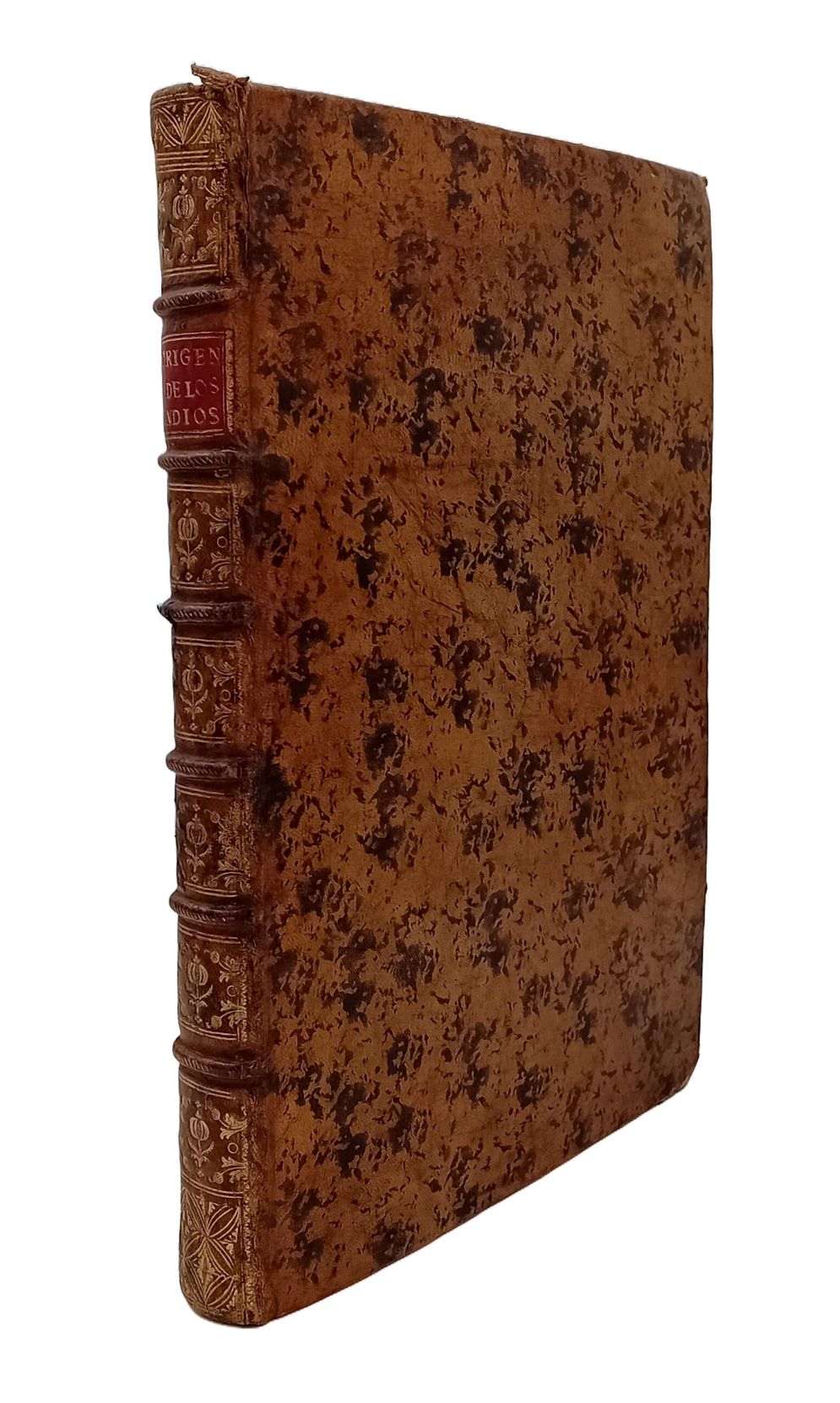
WITH LORD AMHERST'S EMBASSY
M’LEOD, John.
Voyage of His Majesty’s Ship Alceste, along the coast of Corea, to the Island of Lewchew; with an account of her subsequent shipwreck … Second edition.
London, John Murray, 1818.
8vo, pp. [8], 323, [1]; etched frontispiece portrait of Murray Maxwell and 5 coloured aquatints; some browning and foxing; overall good in contemporary half sheep over marbled boards, two gilt-lettered spine labels; some rubbing to spine and joints and wear to corners and edges.

Added to your basket:
Voyage of His Majesty’s Ship Alceste, along the coast of Corea, to the Island of Lewchew; with an account of her subsequent shipwreck … Second edition.
Second edition (first 1817), with five handsome aquatints, of this account of the voyage of the Alceste to China with Lord Amherst’s embassy, by the ship’s surgeon M’Leod.
‘The Alceste reached Rio de Janeiro in 1816, and then proceeded to the Cape of Good Hope. After a short visit there, Batavia was touched … after which the Alceste continued on to China. While the matters of the embassy were proceeding, the ships sailed on an expedition for the survey and exploration of the west coast of Korea and the Ryukyu Islands … On the return journey, after taking Lord Amherst on board at Macao, Manila was visited, and then, in Gaspar Strait off the coast of Sumatra, the Alceste struck a submerged reef and became a total loss. The crew and passengers reached the small adjacent island of Pulo Leat safely. Lord Amherst proceeded to Batavia to fetch help while the sailors fortified their island retreat, named Fort Maxwell after their captain. A long and vivid account is given of their experiences, of how they were attacked by Malay pirates, and of their final rescue. On the return voyage, St Helena was visited, and an interesting account is given of an interview with Napoleon’ (Hill).
The final plate, vividly portraying Fort Maxwell, is not present in the first edition.
Abbey, Travel 559; Hill 1168.

